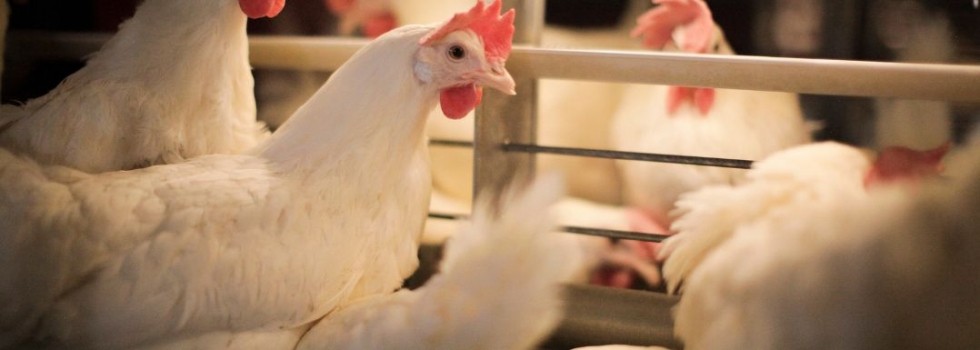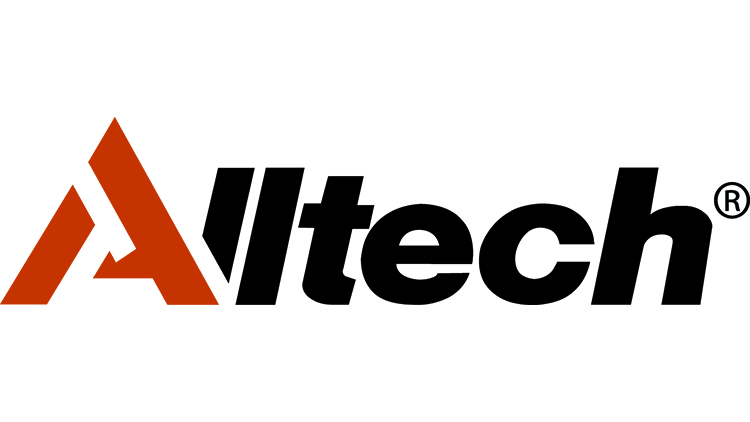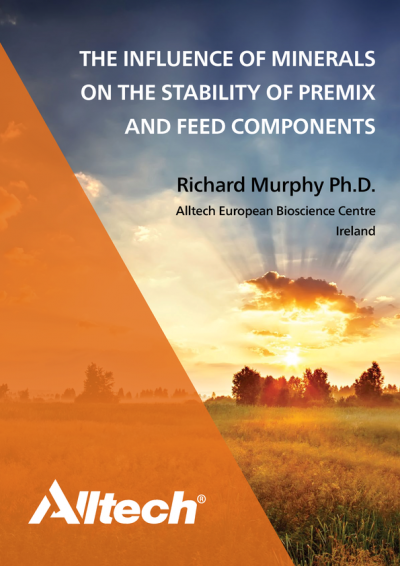Promotional Features
Improving production efficiency and egg quality traits while reducing carbon emissions
The poultry industry performs an essential role in providing nutrient-dense, animal-sourced foods, such as eggs, needed to meet the human population’s nutritional requirements.
However, with increased awareness of climate change, there is an ever-growing drive to reduce the impact that agriculture has on greenhouse gas emissions. Global warming is proceeding at such a rate that it is undeniable that human activities have produced gases that are trapping the sun’s energy. The result is the warming of the atmosphere, ocean and land, leading to more intense weather events, reducing biodiversity and disrupting humans’ current way of life.
Therefore, as the poultry industry works to meet the increasing global demand for animal protein, it needs to simultaneously reduce its impact on the environment and meet its sustainability challenges. 65-75% of the carbon footprint of a hen layer production system comes from feed; therefore, effective nutrition plays an essential part in decreasing carbon emissions. By using innovation and technology to find solutions to improve feed utilisation, we can enable laying hens to use less feed to achieve the same output, improving both environmental and economic sustainability.
One of these solutions in laying hen diets is the use of Alltech’s chelated trace mineral range (Bioplex® Cu, Fe, Mn and Zn).1 Bioplex minerals have been developed to improve the productivity and profitability of production. Historically, inorganic sources of trace minerals have been used in layer diets to meet the hen’s requirements for minerals to maintain normal bodily functions and egg production.
However, inorganic trace minerals are frequently over-formulated to compensate for their low bioavailability, uptake and utilisation. This over-supplementation of inorganic trace minerals can have several negative effects, as they are reactive in the premix and gastrointestinal tract, resulting in low bioavailability. Furthermore, inorganic minerals can interfere with enzymes and other minerals, reduce the efficacy of vitamins and act as pro-oxidants (which can cause oxidative stress in the gut).
Alltech’s Bioplex minerals are bound organically to amino acids and a range of peptides, creating a proteinate structure in which the trace element is protected. This helps the mineral reach the site of absorption without reacting with other dietary components. Therefore, Bioplex minerals are more stable and have a higher bioavailability than inorganic trace minerals and can be fed at a lower level of inclusion with less mineral excreted.
As Bioplex minerals are less reactive, the negative interactions which would be present when using inorganic minerals are avoided, allowing for better performance and eggshell strength.
This has recently been documented in a published meta-analysis which used 32 studies performed over more than 30,000 hens.1 The paper’s objective was to conduct a meta-analysis to examine the impact of Bioplex Cu, Fe, Mn and Zn on the production performance and egg quality attributes of laying hens when compared to inorganic minerals.
It showed that laying hen performance was significantly improved by Bioplex, with hen-day production increased by 2.07% and feed conversion ratio (FCR) lowered by 51.28 g per feed/kg egg and 22.82 g per feed/dozen eggs. Feeding chelated trace minerals also had a positive impact on egg quality traits, with egg mass increased by 0.50 g/hen/day and egg weight heavier by 0.48 g per egg.
Egg loss was reduced by 0.62% (which equates to 39.24% less egg loss) and egg quality was significantly improved (Haugh units +1 point); eggshell strength improved by 3.84% (+0.14 kg) and thickness by 2.94% (+0.01 mm).
These results were used in a life-cycle assessment (LCA) to substantiate how the impact of Bioplex minerals on improving layer production and egg quality can be translated to lower environmental impacts. When using these meta-analysis results in a simulated LCA model, total emission intensity per kg of eggs was lowered by 2.5% in both high- and low-global-warming-potential (GWP) diets with Bioplex mineral supplementation.
In environmental terms, the feeding of Bioplex minerals translates to a reduction of 1,040 tonnes carbon dioxide equivalent (CO2e) reduced for every 1,000,000 hens placed. This is a savings equivalent to 680 fewer cars on the road, or the amount of electricity used by 700 houses. In layer production, economic and environmental sustainability are closely linked, meaning that feeding technologies that improve performance can deliver sustainability benefits that can be aligned with several of the United Nations’ Sustainable Development Goals.
With minerals being crucial for the growth and development of chickens due to their involvement in numerous physiological processes, choosing the most bioavailable forms is vital to optimising health and performance. The results from the abovementioned meta-analysis demonstrate improved performance parameters when using organic trace minerals, at a lower inclusion rate, in the form of Bioplex.
The LCA then showed that the correct form and inclusion level of mineral supplementation can enhance layer productivity, improve profitability, reduce carbon footprint and meet sustainability goals. With correct formulation, more cost-effective, environmentally sustainable feeds can be produced, resulting in a greater return on investment and a lower carbon footprint.
Author: Harriet Walker, Alltech
References
1. Byrne, L.; Ross, S.; Taylor-Pickard, J.; et al. (2023). The Effect of Organic Trace Mineral Supplementation in the Form of Proteinates on Performance and Sustainability Parameters in Laying Hens: A Meta-Analysis. Animals : an open access journal from MDPI, 13(19), 3132.







